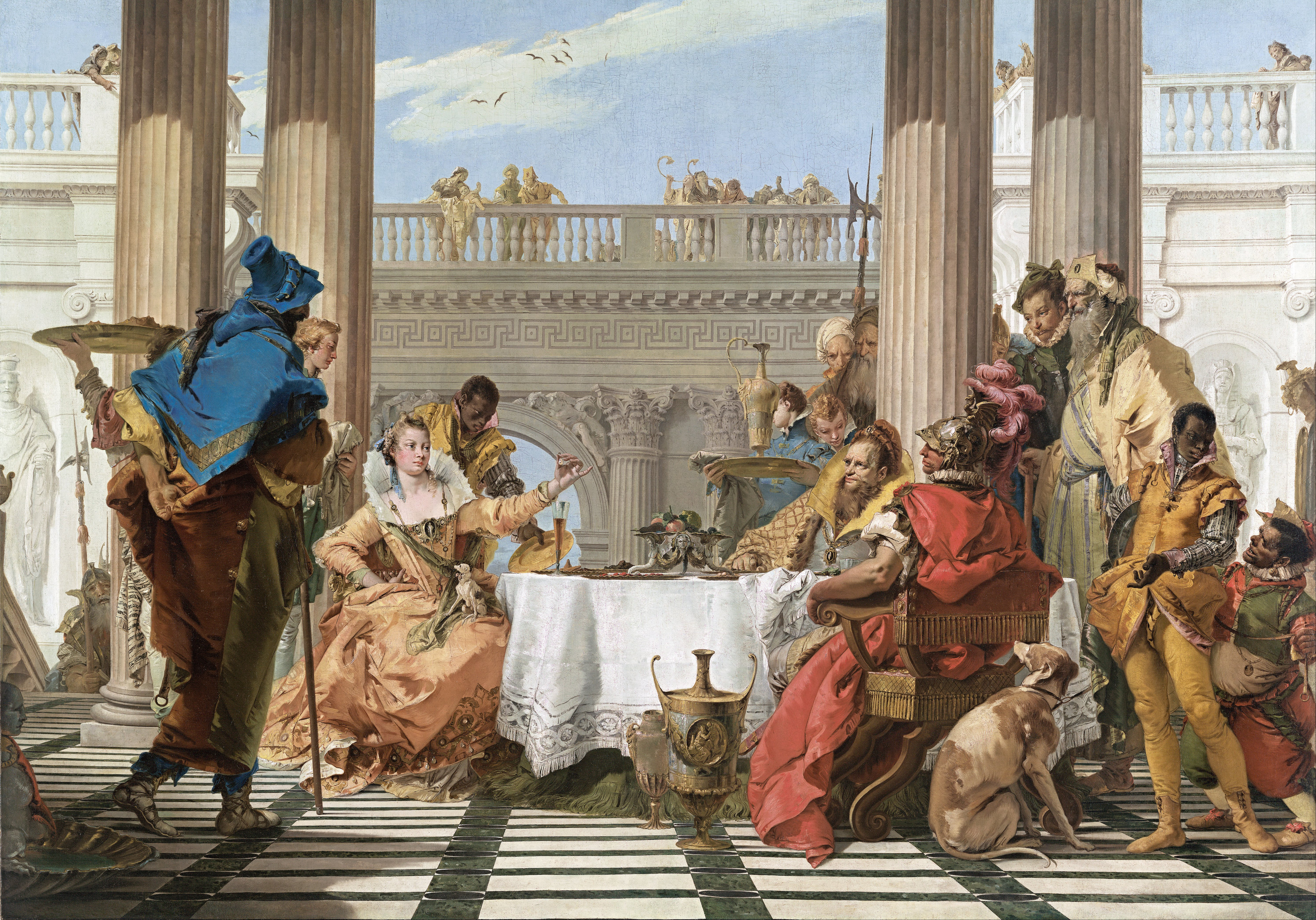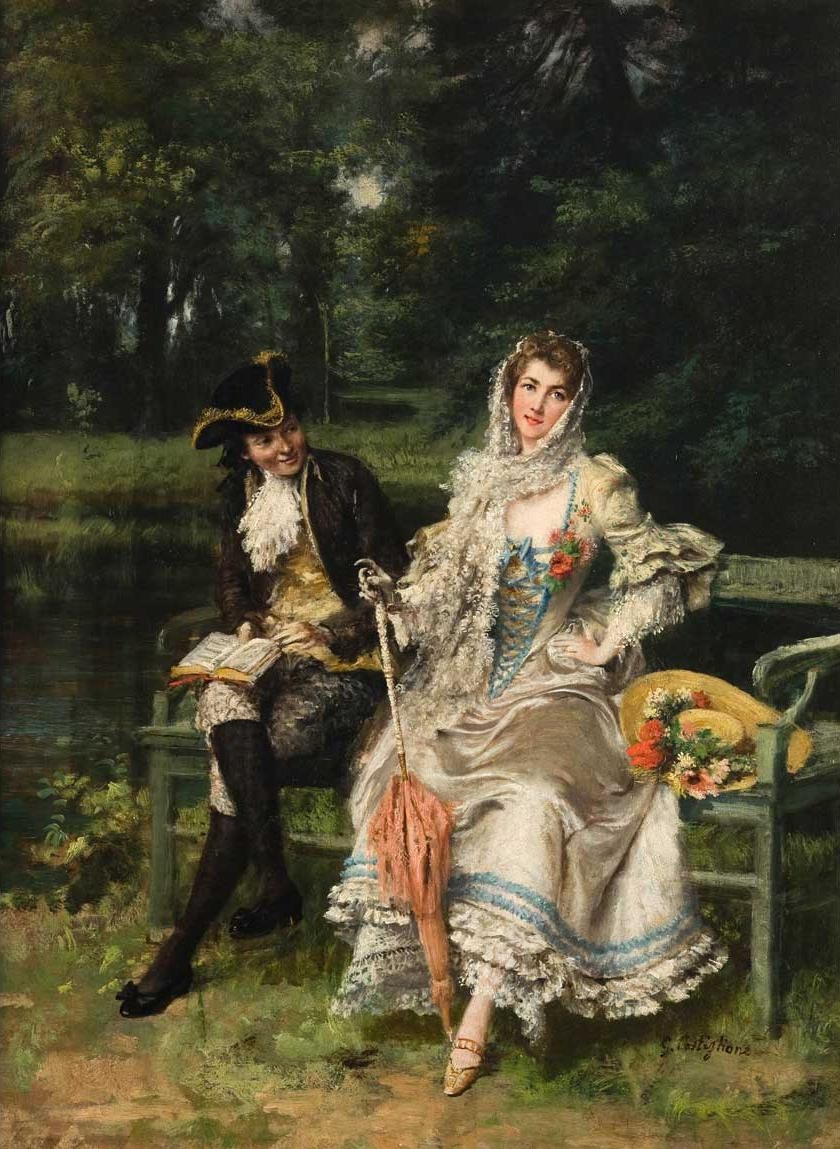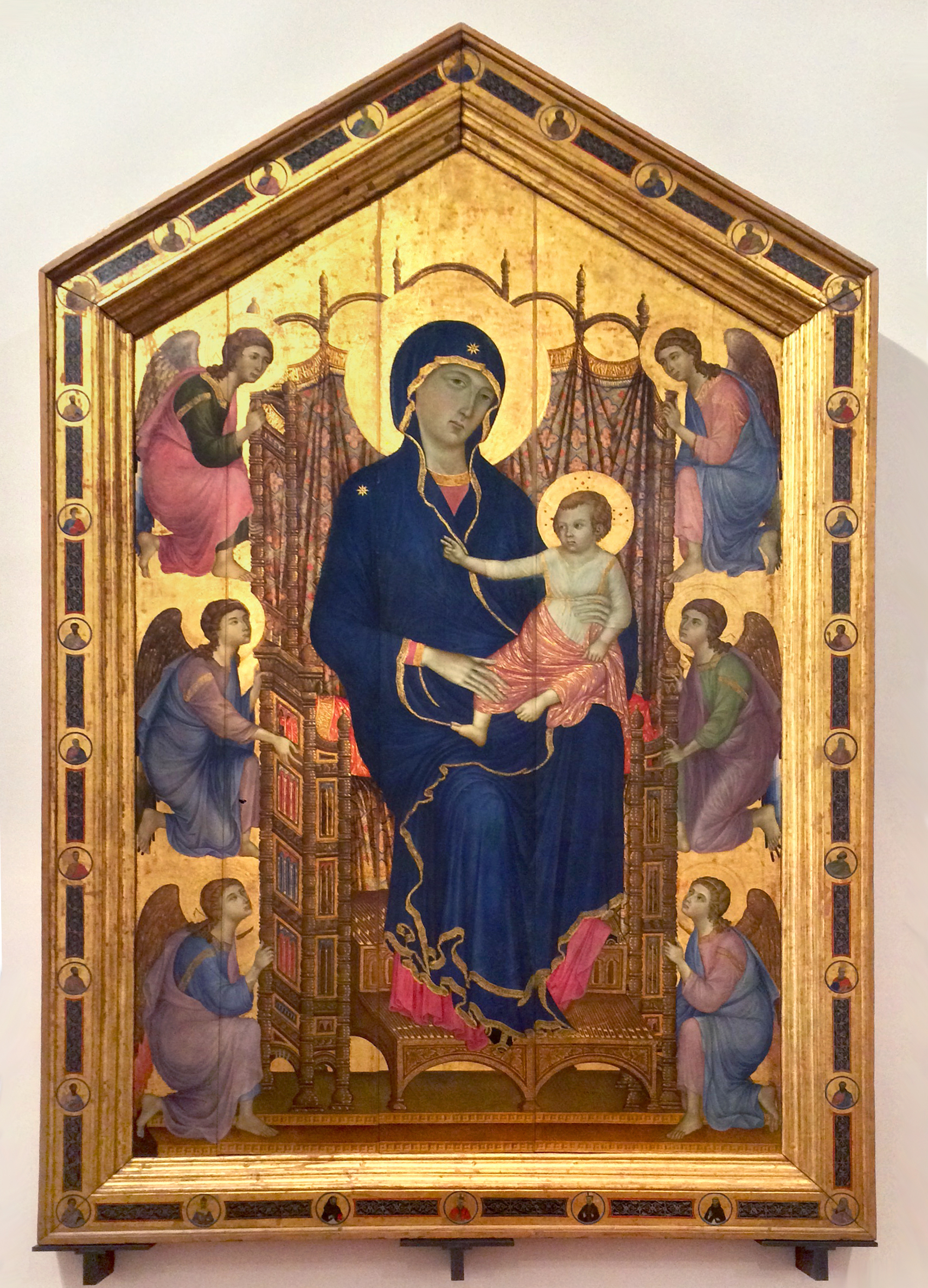|
Eric Hebborn
Eric Hebborn (20 March 1934 – 11 January 1996) was an English painter, draughtsman, art forger, and later an author. Early life Eric Hebborn was born in South Kensington, London, in 1934. His mother was born in Brighton and his father in Oxford. According to his autobiography, his mother beat him constantly as a child. He stated that at the age of eight, he set fire to his school, and was sent to Longmoor reformatory in Harold Wood; his sister Rosemary disputes this. Teachers encouraged his painting talent, and he became connected to the Maldon Art Club, where he first exhibited at the age of 15. Hebborn attended Chelmsford Art School and Walthamstow Art School before attending the Royal Academy. He flourished at the academy, winning the Hacker Portrait prize and the Silver Award, and the British Prix de Rome in Engraving, a two-year scholarship to the British School at Rome in 1959. [...More Info...] [...Related Items...] OR: [Wikipedia] [Google] [Baidu] |
South Kensington
South Kensington is a district at the West End of Central London in the Royal Borough of Kensington and Chelsea. Historically it settled on part of the scattered Middlesex village of Brompton. Its name was supplanted with the advent of the railways in the late 19th century and the opening (and shutting) and naming of local tube stations. The area has many museums and cultural landmarks with a high number of visitors, such as the Natural History Museum, the Science Museum and the Victoria and Albert Museum. Adjacent affluent centres such as Knightsbridge, Chelsea and Kensington, have been considered as some of the most exclusive real estate in the world. History Following the 1851 Great Exhibition in Hyde Park, an area, west of what is now Exhibition Road, was purchased by the commissioners of the exhibition, in order to create a base for institutions dedicated to the arts and sciences, leading to the foundation of the Royal Albert Hall, three museums, the Royal School ... [...More Info...] [...Related Items...] OR: [Wikipedia] [Google] [Baidu] |
Leicester Square
Leicester Square ( ) is a pedestrianised town square, square in the West End of London, England, and is the centre of London's entertainment district. It was laid out in 1670 as Leicester Fields, which was named after the recently built Leicester House, Westminster, Leicester House, itself named after Robert Sidney, 2nd Earl of Leicester. The square was originally a gentrification, gentrified residential area, with tenants including Frederick, Prince of Wales and the artists William Hogarth and Joshua Reynolds. It became more down-market in the late 18th century as Leicester House was demolished and retail developments took place, becoming a centre for entertainment. Major theatres were built in the 19th century, which were converted to cinemas towards the middle of the next. Leicester Square is the location of nationally significant cinemas such as the Odeon Luxe Leicester Square and Empire, Leicester Square, which are often used for film premieres. The nearby Prince Charles C ... [...More Info...] [...Related Items...] OR: [Wikipedia] [Google] [Baidu] |
Jan Brueghel The Elder
Jan Brueghel (also Bruegel or Breughel) the Elder ( , ; ; 1568 – 13 January 1625) was a Flemish painting, Flemish painter and Draughtsmanship, draughtsman. He was the younger son of the eminent Dutch and Flemish Renaissance painting, Flemish Renaissance painter Pieter Bruegel the Elder. A close friend and frequent collaborator with Peter Paul Rubens, the two artists were the leading Flemish painters in the Flemish Baroque painting of the first three decades of the 17th century. Brueghel worked in many genres including history paintings, flower still lifes, allegorical and mythological scenes, landscapes and seascapes, hunting pieces, village scenes, battle scenes and scenes of hellfire and the underworld. He was an important innovator who invented new types of paintings such as flower garland paintings, paradise landscapes, and gallery paintings in the first quarter of the 17th century.Kolb, 2005, p. 1 However, he generally avoided painting large figures, as in portraits, tho ... [...More Info...] [...Related Items...] OR: [Wikipedia] [Google] [Baidu] |
Peter Paul Rubens
Sir Peter Paul Rubens ( ; ; 28 June 1577 – 30 May 1640) was a Flemish painting, Flemish artist and diplomat. He is considered the most influential artist of the Flemish Baroque painting, Flemish Baroque tradition. Rubens' highly charged compositions reference erudite aspects of classical and Christian history. His unique and immensely popular Baroque style emphasised movement, colour, and sensuality, which followed the immediate, dramatic artistic style promoted in the Counter-Reformation. Rubens was a painter producing altarpieces, portraits, landscapes, and history paintings of mythological and allegorical subjects. He was also a prolific designer of cartoons for the Flemish tapestry workshops and of Book frontispiece, frontispieces for the publishers in Antwerp. Rubens was born and raised in the Holy Roman Empire (modern-day Germany) to parents who were refugees from Antwerp in the Duchy of Brabant in the Southern Netherlands (modern-day Belgium) and moved to Antwerp at ab ... [...More Info...] [...Related Items...] OR: [Wikipedia] [Google] [Baidu] |
Giovanni Battista Tiepolo
Giovanni Battista Tiepolo ( , ; 5 March 1696 – 27 March 1770), also known as Giambattista (or Gianbattista) Tiepolo, was an Italian painter and printmaker from the Republic of Venice who painted in the Rococo style, considered an important member of the 18th-century Venetian school. He was prolific, and worked not only in Italy, but also in Germany and Spain. Giovan Battista Tiepolo, together with Giambattista Pittoni, Canaletto, Giovan Battista Piazzetta, Giuseppe Maria Crespi, and Francesco Guardi are considered the traditional Old Masters of that period. Successful from the beginning of his career, he has been described by Michael Levey as "the greatest decorative painter of eighteenth-century Europe, as well as its most able craftsman." Biography ''The Glory of St. Dominic'', 1723 Early life (1696–1726) Born in Venice, he was the youngest of six children of Domenico and Orsetta Tiepolo. His father was a small shipping merchant who belonged to a famil ... [...More Info...] [...Related Items...] OR: [Wikipedia] [Google] [Baidu] |
Giorgio Ghisi
Giorgio Ghisi (1520 — 15 December 1582) was an Italian engraver from Mantua who also worked in Antwerp and in France. He made both prints and damascened metalwork, although only two surviving examples of the latter are known. He worked in a late Mannerist style. Life He was the son of Lodovico Ghisi, a merchant whose family which had lived in Mantua for more than two hundred years. His artistic training is not documented, but he is thought to have learned engraving from Giovanni Battista Scultori. His earliest works are engravings after Giulio Romano, the dominant artistic figure in Mantua at the time. At some time during pontificate of Paul III (1536–49) Ghisi visited Rome, where four of his prints were published by Antonio Lafreri. His other engravings from the 1540s included a large print, on ten separate plates, of Michelangelo's fresco of the ''Last Judgement'' in the Sistine Chapel. In 1549 or 1550 he went to Antwerp, where, between 1550 and 1555, he pro ... [...More Info...] [...Related Items...] OR: [Wikipedia] [Google] [Baidu] |
Van Dyck
Sir Anthony van Dyck (; ; 22 March 1599 – 9 December 1641) was a Flemish Baroque artist who became the leading court painter in England after success in the Spanish Netherlands and Italy. The seventh child of Frans van Dyck, a wealthy silk merchant in Antwerp, Anthony painted from an early age. He was successful as an independent painter in his late teens and became a master in the Antwerp Guild on 18 October 1617.Davies, Justin. 'A new date for Anthony van Dyck's free mastership'. ''The Burlington Magazine'' 165 (February 2023), pp. 162–165. By this time, he was working in the studio of the leading northern painter of the day, Peter Paul Rubens, who became a major influence on his work. Van Dyck worked in London for some months in 1621, then returned to Flanders for a brief time, before travelling to Italy, where he stayed until 1627, mostly in Genoa. In the late 1620s he completed his greatly admired ''Iconography'' series of portrait etchings of mainly other ar ... [...More Info...] [...Related Items...] OR: [Wikipedia] [Google] [Baidu] |
Andrea Mantegna
Andrea Mantegna (, ; ; September 13, 1506) was an Italian Renaissance painter, a student of Ancient Rome, Roman archeology, and son-in-law of Jacopo Bellini. Like other artists of the time, Mantegna experimented with Perspective (graphical), perspective, e.g. by lowering the horizon in order to create a sense of greater monumentality. His flinty, metallic landscapes, and somewhat stony figures give evidence of a fundamentally sculptural approach to painting. He also led a workshop that was the leading producer of Old master print, prints in Venice before 1500. Biography Youth and education Mantegna was born in Isola Mantegna, Isola di Carturo, Republic of Venice, Venetian Republic close to Padua. He was the second son of a carpenter, Biagio. At the age of 11, he became apprenticed to Paduan painter Francesco Squarcione. Squarcione, whose original profession was tailoring, appears to have had a remarkable enthusiasm for ancient art, and a faculty for acting. Like his famous c ... [...More Info...] [...Related Items...] OR: [Wikipedia] [Google] [Baidu] |
Giuseppe Castiglione (1829–1908)
Giuseppe Castiglione (1829–1908) was an Italian artist known for genre paintings and portraits. Castiglione was born in Naples, Kingdom of the Two Sicilies. He moved to Paris early in his career and is thought to have studied painting there. He started exhibiting his paintings in Paris and Turin."Giuseppe Castiglione, (1829–1908)" , Lawrence J. Cantor & Company. Retrieved 27 February 2008. He was a member of the Société des Artistes Français and was awarded honorable mention at the 1861 exhibition. He was a ... [...More Info...] [...Related Items...] OR: [Wikipedia] [Google] [Baidu] |
Jean-Baptiste-Camille Corot
Jean-Baptiste-Camille Corot ( , , ; 16 July 1796 – 22 February 1875), or simply Camille Corot, was a French Landscape art, landscape and Portraitist, portrait painter as well as a printmaking, printmaker in etching. A pivotal figure in landscape painting, his vast output simultaneously referenced the Neoclassicism, Neo-Classical tradition and anticipated the en plein air, plein-air innovations of Impressionism. Biography Early life and training Jean-Baptiste-Camille Corot was born in Paris on 16 July 1796 in a house at 125 Rue du Bac, Paris, Rue du Bac, now demolished. His family were bourgeois people—his father was a wig maker and his mother, Marie-Françoise Corot, a milliner—and unlike the experience of some of his artistic colleagues, throughout his life he never felt the want of money, as his parents made good investments and ran their businesses well. After his parents married, they bought the millinery shop where his mother had worked and his father gave up ... [...More Info...] [...Related Items...] OR: [Wikipedia] [Google] [Baidu] |
Old Master
In art history, "Old Master" (or "old master")Old Masters Department Christies.com. refers to any painting, painter of Aptitude, skill who worked in Europe before about 1800, or a painting by such an artist. An "old master print" is an original printmaking, print (for example an engraving, woodcut, or etching) made by an artist in the same period. The term "old master drawing" is used in the same way. In theory, "Old Master" applies only to artists who were fully trained, were Master craftsman, Masters of their local Guild of Saint Luke, artists' guild, and worked independently, but in practice, paintings produced by pupils or workshops are often included in the scope of the term. Therefore, beyond a certain level of competence, date rather than quality is the criterion for using the ... [...More Info...] [...Related Items...] OR: [Wikipedia] [Google] [Baidu] |
Christie's
Christie's is a British auction house founded in 1766 by James Christie (auctioneer), James Christie. Its main premises are on King Street, St James's in London, and it has additional salerooms in New York, Paris, Hong Kong, Milan, Geneva, Shanghai, and Dubai. It is owned by Groupe Artémis, the holding company of François Pinault. In 2022 Christie's sold US$8.4 billion in art and luxury goods, an all-time high for any auction house. On 15 November 2017, the ''Salvator Mundi (Leonardo), Salvator Mundi'' was sold at Christie's in New York for $450 million to Saudi Prince Badr bin Abdullah Al Saud, List of most expensive paintings, the highest price ever paid for a painting. History Founding The official company literature states that founder James Christie (auctioneer), James Christie (1730–1803) conducted the first sale in London on 5 December 1766, and the earliest auction catalogue the company retains is from December 1766. However, other sources note that James Chri ... [...More Info...] [...Related Items...] OR: [Wikipedia] [Google] [Baidu] |








